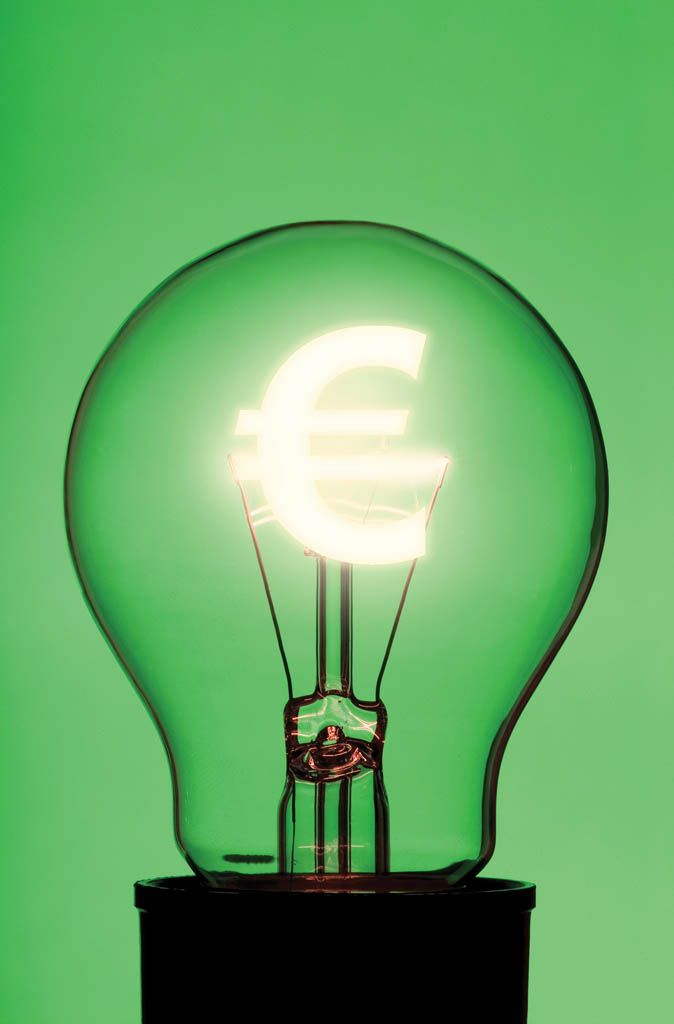The problem is that many fund managers have not caught up with the idea yet. To demonstrate this, the equities chart (see below), which shows that only 50% of funds with an ‘ESG’ label get a Morningstar ESG rating of above average.
Bonds funds (see the Bonds chart below) are a much closer match, with 70% of those identified as ESG funds rated above average. But still, this illustrates the problem for fund buyers working for clients who demand ESG compliance. What counts as ESG?


Wake-up call
Teresa Platan, who specialises in selecting emerging markets and Japan equity funds for Aktia, believes that fund managers are going to have to wake up to this threat.
“It will get to a point where, if a fund group doesn’t have fully-implemented ESG integration, and had it in place for sometime, we won’t be able to use them anymore,” she says. “The shift has been so fast in the past year with the clients suddenly asking so much about ESG. It’s difficult to say exactly how long before we’re there. Maybe only in a year or two.”
There are three stages to ESG awareness: stage one is not caring at all; stage two is using ESG-specific funds; and stage three is expecting all your funds to be ESG checked.
Platan’s clients are mostly institutional investors at stage three. But there is a fourth stage that includes not just doing an ESG health screen on all funds but expecting ESG to be an alpha-generating, structural part of the investment process.
“Going back maybe three years, we understood it would not be enough to tick an ESG box,” she says. “We really want to understand how a fund manager integrates ESG throughout their entire decision-making process. Clients have in recent years made it a requirement.”
Get involved
So how does she do it? The start is a relatively straightforward fund selection process.
“We screen funds quantitatively and then analyse them qualitatively. We send RFPs and then ask questions and verify all of the things they said about their investment process,” she explains. “Next we look at the ESG side. For that, we will have a separate conversation with the portfolio manager and their analysts.”
The reason for talking to various members of the team is to get a sense as to whether the company line on ESG is impacting on portfolio construction in a meaningful way.
There are managers who do the minimum they can get away with, but even with these, Platan’s attitude is to be supportive.
“It might start with a manager who says they look at ESG separately or that they only look at the governance part. But that is good – governance is the first thing you have to look at,” she said.
“At the beginning they might not have any external ESG research. They do it themselves, and maybe it’s not very in-depth. They need to have a separate dedicated ESG resource that develops their processes. But at least they are trying.”
Even though she sees everything moving to full ESG requirements, when she encounters a fund manager who is not up to scratch, for the moment at least, she will not reject them.
Instead, Platan chooses to work with the manager, explaining what her needs are and suggesting how they might use ESG in a way that doesn’t disrupt their portfolio or might even add value.
And you don’t need to be a fund manager with a huge team and lots of resource to this. She gives an example of a small boutique frontier market manager they invest in that fully satisfies these elements.
Of course, if you do have more resources, you can buy in external help. And one growth area has been companies that create ESG indices– lists of securities that are rated.
“You don’t need them but MSCI and Sustainalytics are both very good,” she says.
However, there are good and bad ways to use these tools. If you use them to help construct a better portfolio, that’s great. But the notion of using it to create simple exclusions is to some extent missing the point.
“I don’t believe you should just use the external index to reduce your universe. It’s not only about excluding the worst securities but also about understanding what the risks are in the company that you are investing in,” she said.
In a similar vein, she doesn’t believe you need to exclude entire sectors as there are potential investments in each one.
Perfect opportunity
Of course, there are many investors who still do not care about ESG: they want managers to have the greatest freedom to generate returns. However, according to research, the millennial generation of investors are all much more sensitive to ESG issues, and that is one of the drivers of this trend.
It is likely we will see more and more institutional investors requiring ESG, and then private investors will continue that trend until it dominates the market.
Platan believes that fund managers should see these developments as a chance to improve what they do. She views ESG as an analysis of a whole set of strengths and weaknesses a company can have that are not covered by a traditional investment process.
“I want to invest in a manager who sees using ESG as an opportunity,” she says. “I don’t understand why you wouldn’t take into account these risks as you would any other risks when you analyse companies.”
It seems likely that those fund selectors who are not able to create ESG portfolios of all types will lose clients; and fund managers who ignore the trend will lose assets.
So, if you’ve not done so yet, now would be good time to start thinking about making the move to ESG.







